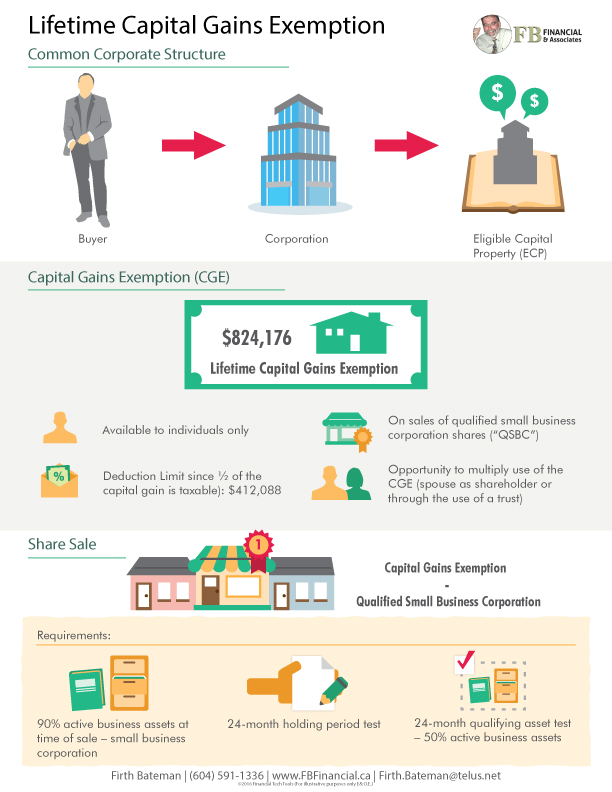
There is nothing so certain as death and taxes...or so the saying goes. This certainly is true in Canada where there is a “deemed disposition” when a taxpayer dies. What this means is that a taxpayer is deemed to dispose of all his or her assets at fair market value immediately preceding death.
Or so the saying goes. This certainly is true in Canada where there is a “deemed disposition” when a taxpayer dies. What this means is that a taxpayer is deemed to dispose of all his or her assets at fair market value immediately preceding death.
How does this affect your assets?
- For certain assets (e.g. stock investments, company shares, revenue property, collectables), if the fair market value is greater than the adjusted cost base then capital gains will result.
- Fifty percent of capital gains are included in the deceased taxpayer’s income.
- Revenue property could also attract additional tax in the form of recaptured depreciation.
There are some exceptions
- Assets which are left to a spouse will have the gain deferred until the spouse dies or disposes of the asset.
- A principal residence is not subject to capital gains.
- Shares that the deceased owned in a Qualifying Small Business Corporation may qualify for the Lifetime Capital Gains Exemption where the first $800,000 of capital gain is exempt from taxation.
Registered Funds receive different tax treatment
RRSP, RRIF, TFSA and Pension Funds
- A spouse who is left registered funds by her husband or his wife may roll those funds into his or her Registered Savings Plan or Retirement Income Fund and avoid paying income tax.
- Registered funds left to anyone other than a spouse or qualifying disabled child are fully taxable as income. Some rules also apply to minor dependent children which involve spreading the tax by purchase of a qualifying annuity for 18 years less the age of the child at the time of acquiring the annuity.
- Amounts paid to a beneficiary of a Tax Free Savings Account are not subject to income tax.
Other fees and costs
- Funeral and other last expenses;
- Probate fees;
- Administrative costs and possibly legal fees.
Reduce or avoid the impact
Estate planning and life insurance solutions
Freezing the estate which has the effect of fixing the amount of tax payable on assets upon death and passing future growth to the next generation;
- In conjunction with the above, the use of a family trust with the objective of multiplying the number of Lifetime Capital Gains Exemptions on shares in a Qualifying Small Business Corporation distributed to other family members.
- The use of joint accounts. This strategy should be used with careful consideration and professional guidance.
- Effective use of life insurance, both personally and corporately owned, which can provide sufficient liquidity at death to pay taxes with insurance proceeds rather than “hard dollars”. This can be especially true by using Joint Second-to-Die life insurance which will provide proceeds to pay the deferred tax upon the death of the surviving spouse.
While we often complain about the cost of living, the cost of dying can also be extremely high and could create significant problems for those we leave behind. With sound advice and planning the financial impact on your family and business partners can be softened and, sometimes, even eliminated.








